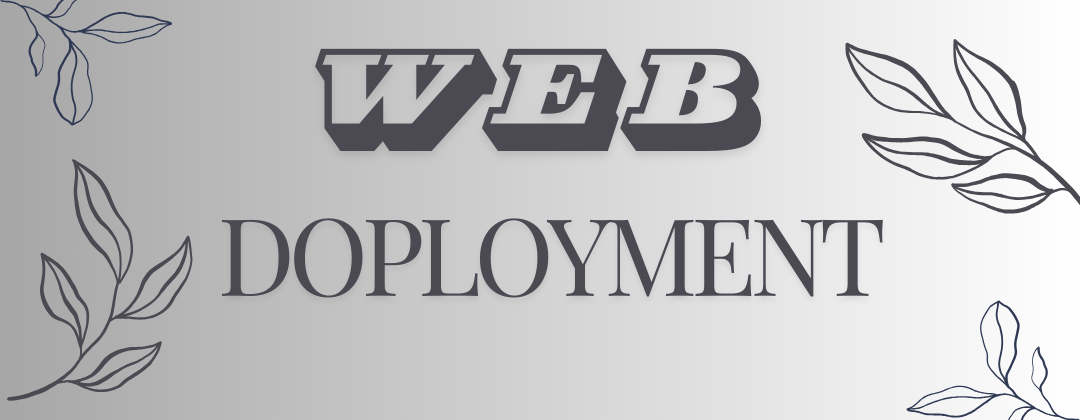Website Deployment: Bringing Your Web Projects to Life Online.
What does website deployment entail?
Website deployment involves the process of making a website accessible to users on the internet. This includes transferring the website's files from a local development environment to a live server, configuring the domain and hosting settings, and ensuring that all components function correctly in the live environment. Deployment also often involves setting up databases, optimizing performance, implementing security measures, and conducting thorough testing to ensure a seamless user experience. It's the final step that takes a website from development to a fully functional, public-facing site.

What is a Website? Your Gateway to the Digital World.
Definition of website deployment

A website is a collection of interconnected web pages that are accessed through the internet using a web browser. These pages are typically hosted on a server and are identified by a unique domain name (like www.example.com). Websites can serve various purposes, such as providing information, offering services, facilitating communication, or conducting e-commerce. They often include text, images, videos, and interactive elements, allowing users to navigate, interact, and find the content or services they need. Websites are a fundamental part of the digital landscape, enabling businesses, organizations, and individuals to establish an online presence.
Wireframe: The Blueprint of Your Website's Design and Structure.
What takes place is a wire frame
Before any design components or content are included, a wireframe serves as a visual guide that describes the fundamental composition and arrangement of a website. It acts as a blueprint, emphasising where buttons, content sections, navigation menus, and graphics should be placed. By arranging how users will interact with the website, wireframes aid in the planning of the user experience (UX). Because they are usually straightforward and devoid of colour or intricate graphics, stakeholders are free to concentrate on functionality, hierarchy, and flow rather than being distracted by design features. This fundamental stage guarantees that the finished website will successfully satisfy user needs and company objectives.

Exploring the Different Types of Websites: From Blogs to E-commerce Platforms.
Different kinds of websites


